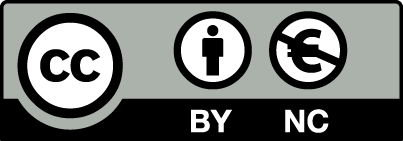Red LED light therapy for telogen effluvium in the course of long COVID in patients with and without androgenetic alopecia
Artykuł w czasopiśmie
MNiSW
100
Lista 2024
| Status: | |
| Autorzy: | Gerkowicz Agnieszka, Bartosińska Joanna, Krakowski Przemysław, Karpiński Robert, Krasowska Danuta, Raczkiewicz Dorota, Kwaśny Mirosław , Krasowska Dorota |
| Dyscypliny: | |
| Aby zobaczyć szczegóły należy się zalogować. | |
| Rok wydania: | 2024 |
| Wersja dokumentu: | Drukowana | Elektroniczna |
| Język: | angielski |
| Numer czasopisma: | 2 |
| Wolumen/Tom: | 31 |
| Strony: | 239 - 247 |
| Impact Factor: | 1,2 |
| Web of Science® Times Cited: | 1 |
| Scopus® Cytowania: | 2 |
| Bazy: | Web of Science | Scopus |
| Efekt badań statutowych | NIE |
| Materiał konferencyjny: | NIE |
| Publikacja OA: | TAK |
| Licencja: | |
| Sposób udostępnienia: | Otwarte czasopismo |
| Wersja tekstu: | Ostateczna wersja opublikowana |
| Czas opublikowania: | W momencie opublikowania |
| Data opublikowania w OA: | 8 stycznia 2024 |
| Abstrakty: | angielski |
| Introduction and objective: Photobiomodulation with the use of light-emitting diodes (LEDs) seems to be a promising option for long COVID. This retrospective study evaluates the efficiency of LED irradiation in the treatment of TE in the course of long COVID in patients with and without androgenetic alopecia. Material and methods: A retrospective single-centre chart review of patients with post-COVID hair loss was performed. 140 patients enrolled to the study were divided into four groups depending on the type of alopecia and treatment: 1) telogen effluvium with LED therapy (TE LED+), 2) telogen effluvium without LED therapy (TE LED-), 3) telogen effluvium and androgenetic alopecia with LED therapy (TE+AGA LED+), and 4) telogen effluvium and androgenetic alopecia without LED therapy (TE+AGA LED-). Clinical and trichoscopic parameters were compared. Results: After 12 weeks, cessation of hair loss and a negative hair pull test were more common in TE LED+ and TE+AGA LED+ in comparison to the patients without LED therapy (p<0.001, p=0.035, respectively). An increased number of thick hairs and an increased number of hairs within follicular units were more common in patients treated with LED irradiation, regardless of the type of alopecia, compared to the patients without LED therapy. Conclusions: The study revealed that LED therapy is safe, well tolerated and seems to be a promising therapeutic option for TE in patients with long COVID. It can be used as adjuvant therapy leading to faster reduction of hair loss, enhancing hair regrowth as well as hair shaft thickness and density. |

